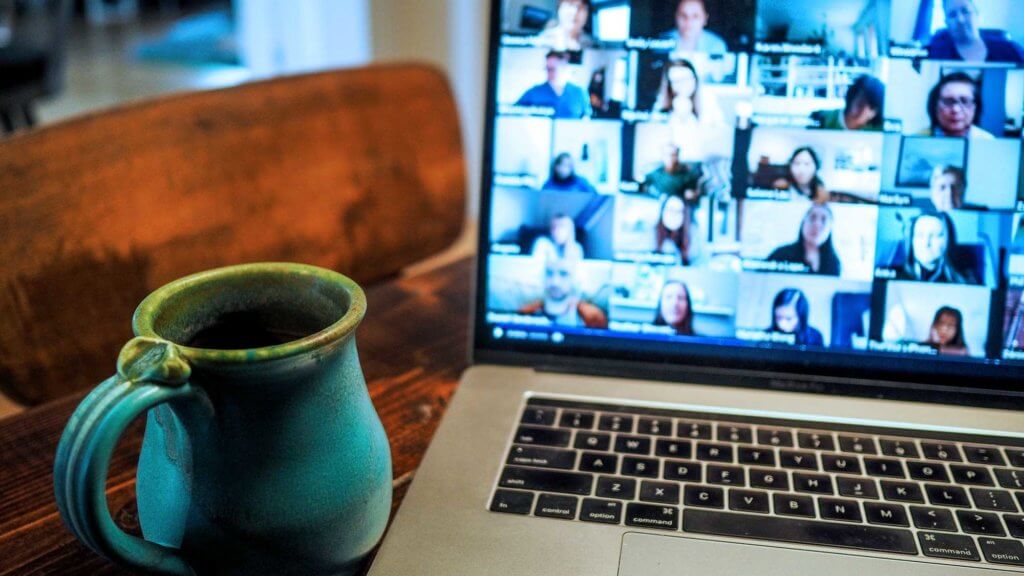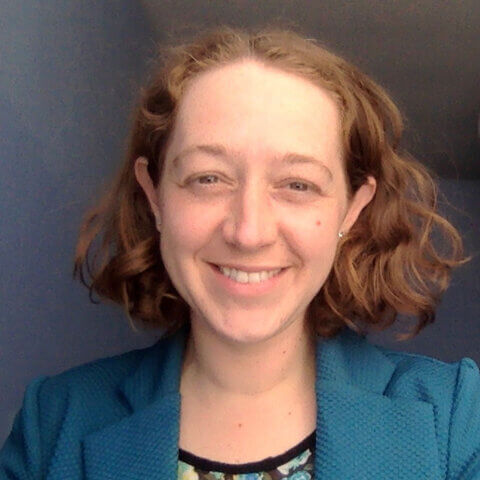When the UCSF Library closed its buildings on March 16 to comply with shelter-in-place orders, library staff, like everyone, had to adjust to a significant change in work routines and responsibilities. In particular, our Access Services staff — who normally greet visitors at the front desk, check out books and other materials, manage interlibrary loan deliveries, and provide in-person help and information — faced a sudden need to shift their focus to remote activities.
Meanwhile the interest in online access to library materials was surging, and the Archives and Special Collections (A&SC) and Industry Documents Library (IDL) staff were working hard to expand digitization-on-demand services and to create and update descriptions for digital collections.
In light of these rapidly changing developments, the Access Services and A&SC/IDL teams came together in April to pilot a new initiative. Our goals were two-fold:
- increase access to digital special collections
- leverage the remote work capacity of the Access Services staff
Describing the Ralph Sweet Collection of Medical Illustrations
Ralph Sweet was an accomplished artist who studied at Johns Hopkins Medical School before he came to the University of California in 1917. Sweet first joined the Department of Art at Berkeley and then moved to the San Francisco Medical Center, where he spent his career illustrating books and articles until his death in 1961.
The Ralph Sweet collection contains incredible works by one of the foremost medical illustrators in the United States. The collection is not yet available online, but UCSF Archives and Special Collections are working to digitize the more than 2,500 illustrations and make them accessible to everyone.
The illustrations are described in a typewritten index which contains metadata about each item — such as title, date, size, and creator — but converting that index to usable digital text presented some challenges. The Archives team was able to digitize the index and extract the data using Optical Character Recognition (OCR) software, but needed help to review and correct the huge amount of resulting text.
Our colleagues in Access Services tackled this work and produced clean metadata for each illustration, which greatly accelerated the project and enabled the digitization work to move forward.
Processing the William Sanjour Hazardous Waste Files
William Sanjour was appointed branch chief for the Environmental Protection Agency’s Hazardous Waste Management Division in 1974. He became EPA’s best-known whistleblower for his 25 years of efforts to expose government fraud and corruption and to fight for regulations to protect the public from toxic materials at incinerator sites and hazardous waste dumps.
Sanjour kept meticulous records which he gave to the team at the Bioscience Resource Project in 2018, who digitized the files and contributed a copy to the Industry Documents Library for preservation in our Chemical Industry Documents Archive. The digital collection contains more than 38,000 pages in over 2,700 PDF files, but did not include metadata to assist users in searching through the documents.
The Access Services team stepped up to create descriptions for every document, and reviewed each PDF file to identify a title, author, recipient, date, document type, and specific chemical substances mentioned. This collection could not have been processed so quickly without their help. We are thrilled to now be able to provide access to these materials in the Industry Documents Library for researchers who are investigating environmental factors and industry influence on public health.
A winning partnership
The outward benefit of this work is increased online access to these special collections. However, these projects have also had internal benefits for the library. We’ve had the opportunity to collaborate across departments and to learn more about our colleagues and the work they do. We’ve all developed and applied new skills, and have come together as a larger team with a shared sense of purpose. Although we’re physically distant from one another, we’re fortunate to have this opportunity to work and learn together.

